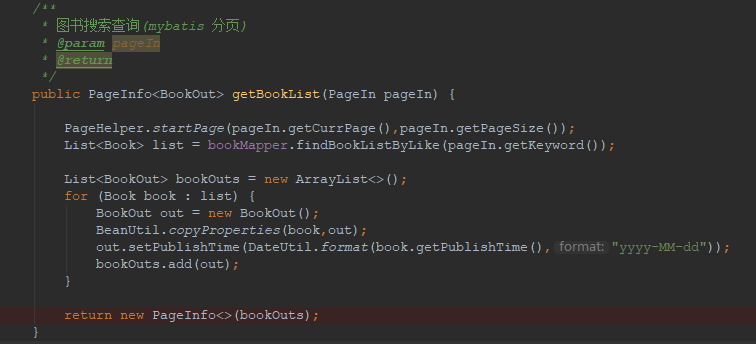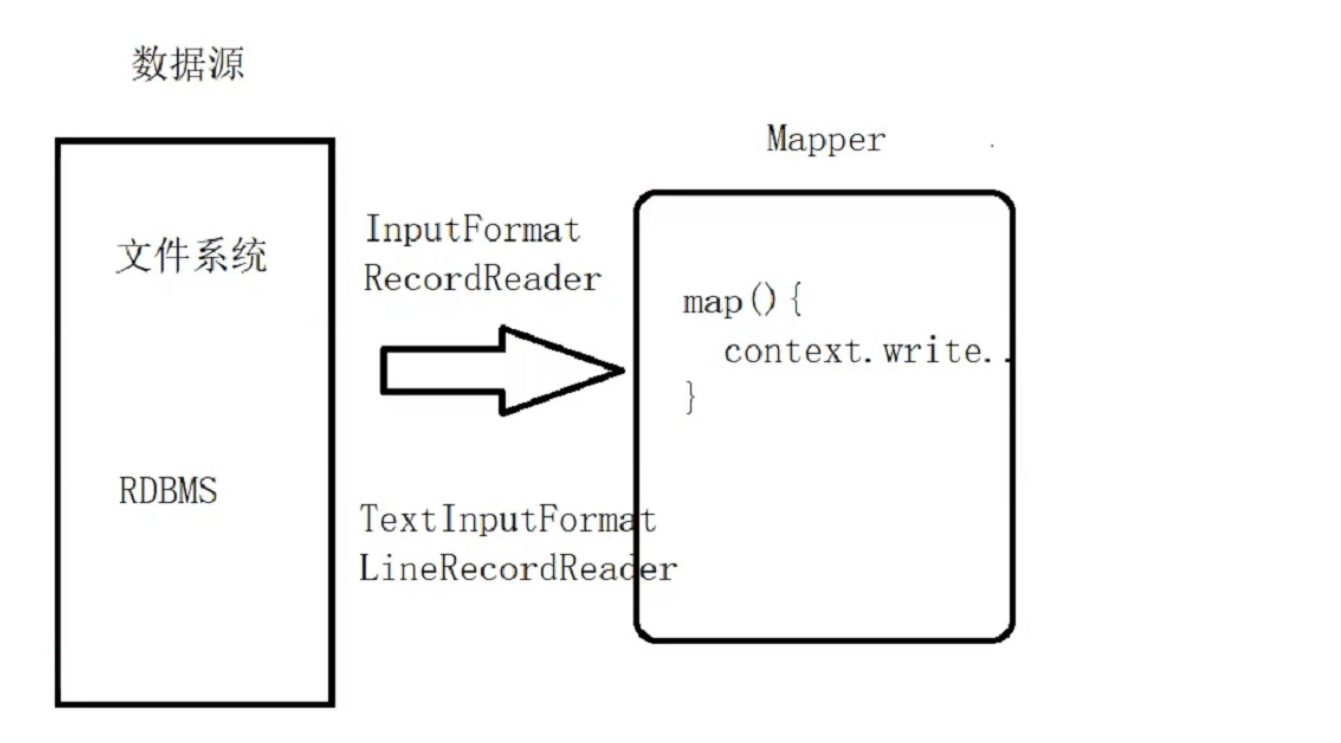如何在Java中优雅地处理异常情况
在Java中,处理异常情况通常需要以下几个步骤,以实现优雅的异常处理:
- 捕获异常:使用
try-catch块来捕获可能发生的异常。确保将可能抛出异常的代码放在try块内。
try {// 代码块,可能会抛出异常int divisionResult = divide(10, 5);// 如果没有异常,执行这个块内的代码System.out.println("Division result: " + divisionResult);} catch (ArithmeticException e) {// 处理除数为零的异常System.err.println("Error: Division by zero.");e.printStackTrace(); // 调用原始异常对象的printStackTrace方法}
选择性地抛出异常:在
catch块中,你可以根据需要决定是否继续程序流程。如果确实希望程序停止并抛出异常,应调用throw语句。使用finally块清理资源:无论是否发生异常,
finally块中的代码总是会执行的。这通常用于释放资源或进行必要清理工作。
import java.io.IOException;public class ExceptionHandling {public static void main(String[] args) {try {// 代码块,可能会抛出异常int divisionResult = divide(10, 5);// 如果没有异常,执行这个块内的代码System.out.println("Division result: " + divisionResult);} catch (ArithmeticException e) {System.err.println("Error: Division by zero.");e.printStackTrace();} finally {// 清理资源或进行必要清理工作System.out.println("Finally block executed");}}public static int divide(int numerator, int denominator) throws ArithmeticException {if (denominator == 0) {throw new ArithmeticException("Error: Division by zero.");}return numerator / denominator;}}
通过以上步骤,你可以优雅地处理Java中的异常情况。



































还没有评论,来说两句吧...